Grooving is growing cannabis from A to Z with the knowledge of how to plant or care for cannabis, how to fertilize and how to water at home or outdoors. During cultivation, sometimes there can be signs of cannabis disease, and one of these can be pests. These symptoms can manifest themselves differently depending on the disease. In this article we will look at the main types of cannabis pests.
Pests of the cannabis plant and their effects
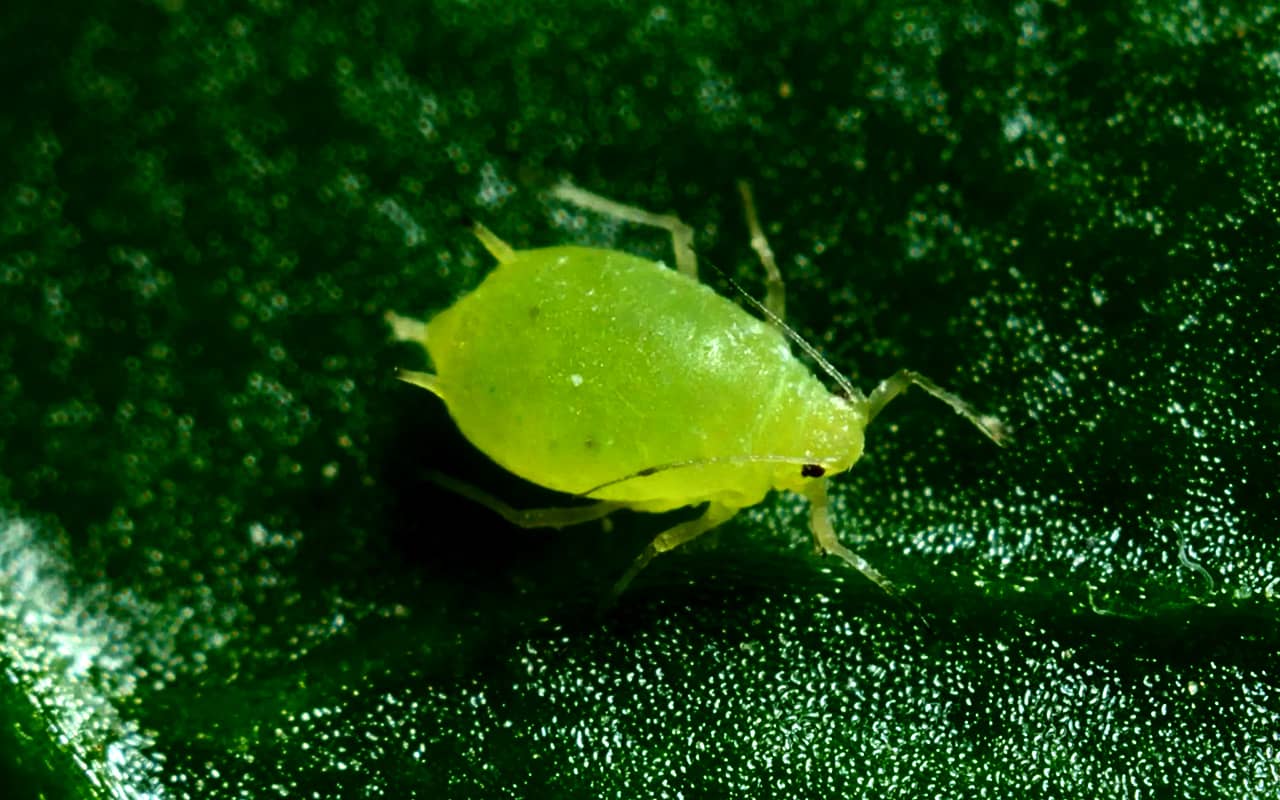
Cannabis pests are one of the biggest challenges for any grower. These small but dangerous organisms can not only stunt plant growth, but can also cause a significant reduction in yield. To successfully control pests, it's important to understand exactly who is threatening the plants and what methods of protection are most effective.
Spider mite
The spider mite is one of the most common and dangerous pests for cannabis. These microscopic insects are a real parasite to the plant as they suck out the cell sap, weakening the plant. You can spot them by the characteristic web that often covers the underside of the leaves. Mites also leave behind yellow spots that gradually spread over the leaves. This can cause them to die off and reduce the overall vigor of the plant.
If the infestation is severe enough, the spider mite can severely weaken the cannabis and even cause it to die. Insecticides for hemp are effective for controlling it, as well as using the mites' natural enemies, such as predatory mites. Spraying hemp with special preparations will help to get rid of these pests and prevent further reproduction.
Thrips on cannabis
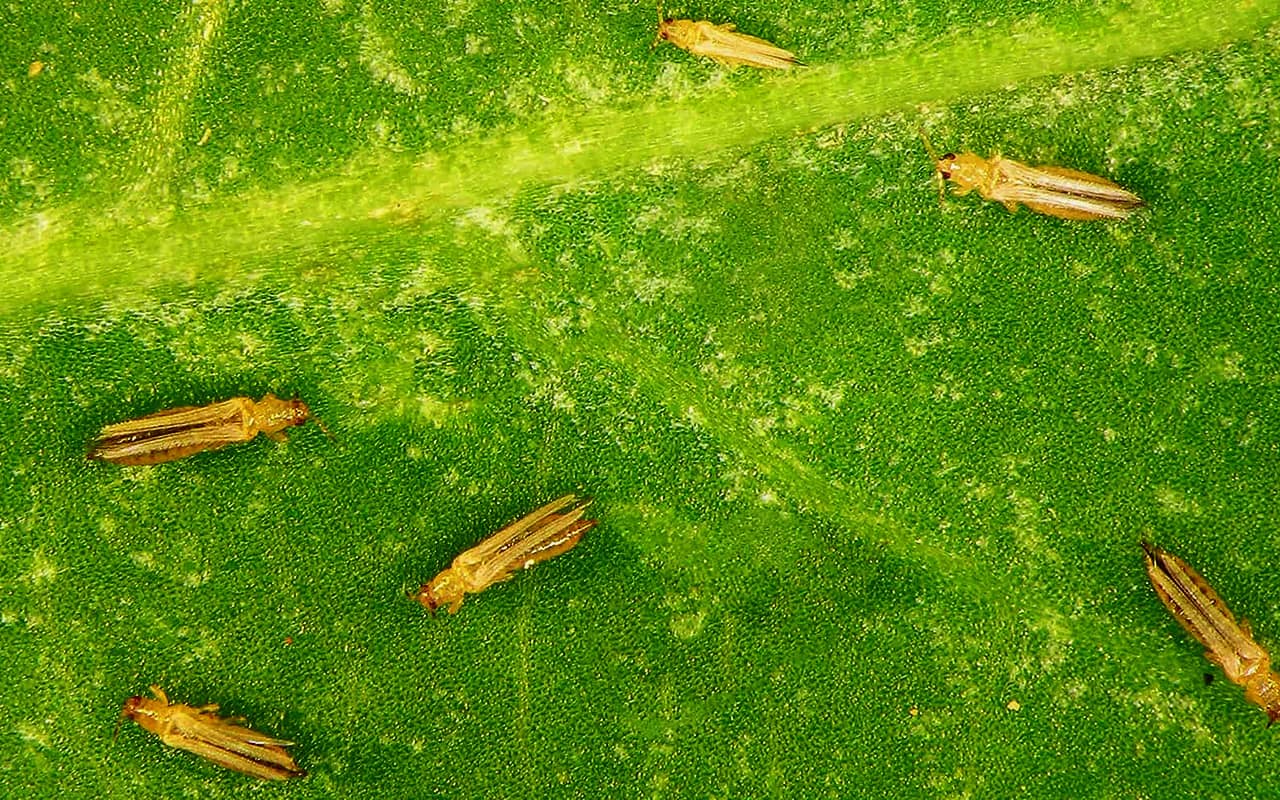
Thrips are small insects that attack plants by piercing their tissues and sucking out their juices. They are especially dangerous to young shoots and leaves. External manifestations of their activity can be noticed by white spots or stripes on the leaves. In case of severe infestation, leaves may begin to curl, which is also a sign of thrips.
Thrips can carry viruses and other diseases, making the problem even worse. To control them, you should not only use insecticides for cannabis, but also regular removal of affected parts of the plant. It's also important to maintain the right growing conditions - keep temperatures and humidity within normal limits to reduce the attractiveness of the plants to thrips.
Nematodes in the soil
Nematodes are microscopic worms that parasitize the roots of plants. In the case of cannabis, they can cause serious problems as they damage the root system, disrupting the normal process of nutrient uptake. Symptoms of infestation include yellowing leaves and poor plant growth. Nematodes in the soil are particularly dangerous for the roots, as they can cause them to rot completely, making it impossible for the plant to develop normally.
Other leaf pests
In addition to spider mites and thrips, there are many other leaf pests such as aphids, moths, pinch mites and whiteflies that also cause considerable damage to plants. These insects often feed on young leaves, which can disrupt the photosynthetic process and stunt growth. Control measures include the use of cannabis insecticides as well as biological methods such as attracting beneficial insects such as ladybugs, which feed on aphids.
It is important to observe regular monitoring of plant health and use preventive measures to prevent their occurrence.
How to control pests and diseases in the plant
Controlling cannabis pests requires a comprehensive approach. To effectively protect plants from various insects, it is important to:
- Use insecticides for cannabis - both chemical and natural. The main thing is to choose the right product depending on the type of pest and the stage of infestation.
- Apply spraying cannabis with special products in the early stages of infestation to prevent the spread of pests.
- Check plants regularly for pests and diseases, removing any damaged parts.
- Treat the soil with biological or chemical treatments to prevent infestation from soil pests such as nematodes.
Overall, proper plant care, regular monitoring and the use of effective protection methods will help growers control pests and keep cannabis plants healthy.
Shop of cannabis seeds, fertilizers and biostimulants Errors Seeds
In the catalog of the store you can order and buy marijuana seeds inexpensively with delivery to Kiev, Odessa, Lviv, Kharkiv and other cities in Ukraine. The order can be placed by cash on delivery or at home. We also have hydroponics cannabis seeds, autoflowers and feminized varieties, including popular hits such as: ak 47, skunk, power plant, white widow, amnesia, afghanka, kritikal, as well as Holland f1 seeds.
In addition to marijuana seeds, you can buy cannabis fertilizers and biostimulants, grow lamps (phytolamps).
Marijuana diseases and fungal infections
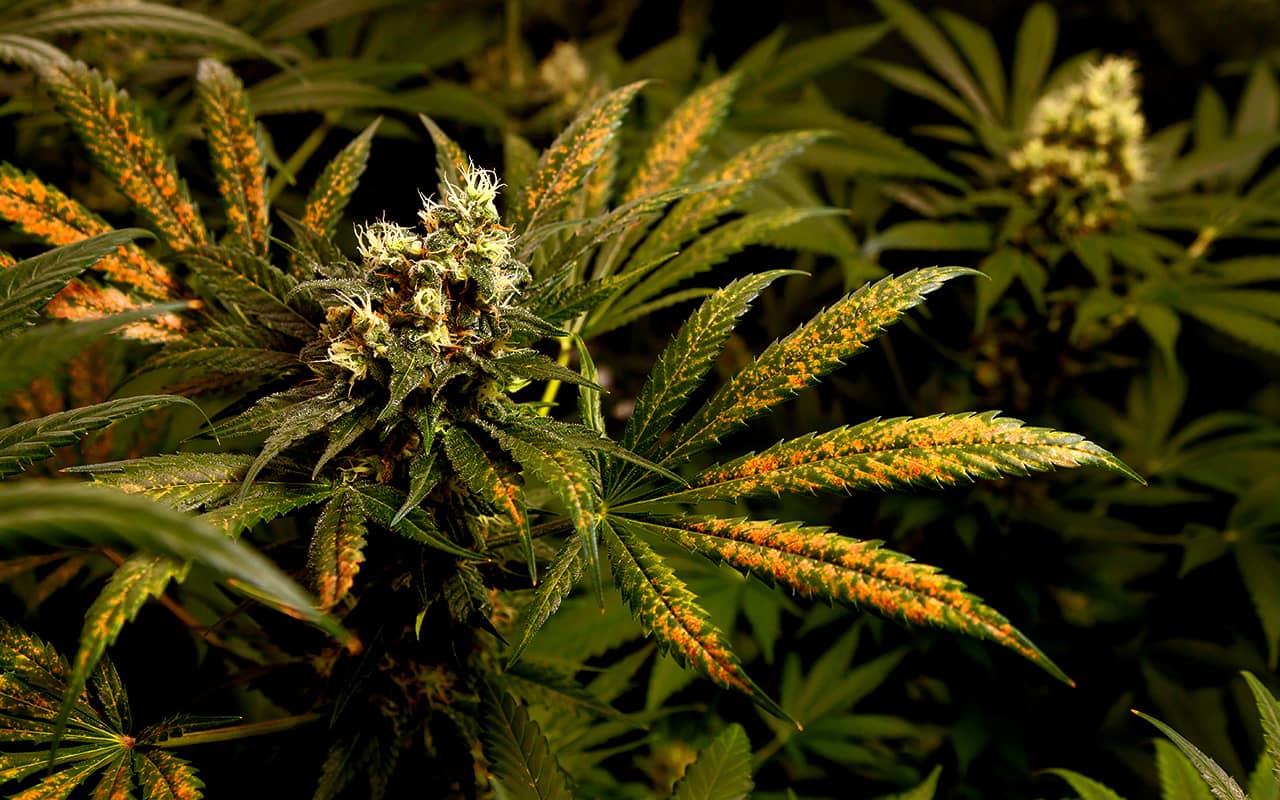
Fungal diseases and infections are one of the most serious threats to cannabis. They can spread quickly if not addressed in time, leading to crop loss and significant damage to the plant. There are many diseases that can affect cannabis, but in this article we will look at the most common ones - mold, powdery mildew and fusarium.
Mold on hemp
Mold is one of the most insidious fungi that attacks cannabis, especially in humid conditions. Mold appears on the plant as white or gray spots that can cover leaves, stems and flowers. In the case of hemp, this disease is particularly dangerous as it causes the flowers to rot and the quality of the plant to deteriorate. The mold can penetrate deep into the tissue, destroying cells and disrupting the normal process of photosynthesis.
Mildew often develops in greenhouses or outdoors under conditions of high humidity and insufficient air circulation. The main symptoms are bud lesions, leaf spots and an unpleasant musty odor. It is important to act quickly, because if the infection is not eliminated in time, it can destroy the entire plant.

To control mold, cannabis protection products containing active ingredients that prevent fungal growth are used. Spraying cannabis with fungicides and providing the right growing conditions, including humidity and temperature control, are also important measures. Prevention is the key to controlling mold, as it not only destroys the plant, but can leave spores on the plant that will continue to spread.
Powdery mildew
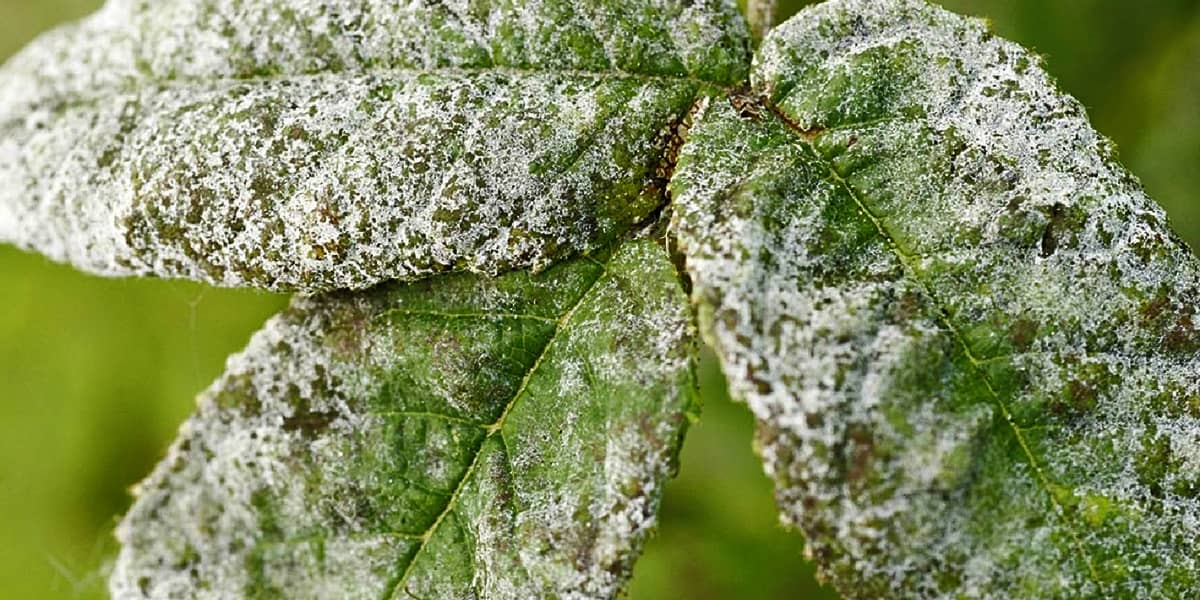
Powdery mildew is another fungal disease that resembles mold, but has its own characteristics. This fungus manifests itself as a white powdery visible plaque on the leaves, which over time can cover the entire plant. The powdery mildew attacks cannabis at high humidity and low temperatures. It reduces the photosynthetic activity of the plant, which slows its growth and reduces yields.
Regular treatment of the plant is important to control powdery mildew. It is effective to use insecticides for cannabis that have fungicidal properties, as well as special solutions such as soda and water to create favorable conditions on the surface of the plant. It is also important to avoid overwatering the soil and the plant, as this is a favorable environment for the fungus to develop.
In addition, disease prevention includes constant control of temperature and humidity, especially in greenhouses. Maintaining normal climatic conditions will help prevent powdery mildew and other fungal infections.
Fusarium

Fusarium is a disease that attacks the roots and stems of cannabis. This fungus penetrates the root system of the plant, causing them to rot. External signs of fusariosis include yellowing leaves and their rapid dieback, as well as poor growth. In the most severe cases, the fungus can lead to the death of the plant. Fusarium is particularly harmful to roots because it disrupts water and nutrient metabolism in the plant, causing it to die.
The disease most often develops in soils with low oxygen levels or in overwatered conditions. To prevent fusarium, care should be taken when watering, especially if the plant is in an indoor environment where humidity can rise rapidly. The use of fungicide-based cannabis products will help prevent the spread of the fungus and increase the plant's resistance to disease.
It is also important not to forget about good soil drainage to avoid water stagnation in the roots. At the first signs of fusariosis, the root system should be treated immediately. Some experts recommend the use of biological remedies that activate the natural defense mechanisms of the plant and prevent the development of fungus.
Prevention and control of fungal infections
To protect cannabis from fungal diseases, it is important to follow a number of preventative and curative measures:
- Use of fungicides - special preparations that prevent and treat fungal infections. Regular treatment of the plant and soil helps to avoid infection.
- Humidity Control - Maintaining optimum humidity indoors or outdoors helps prevent the development of mold and mildew.
- Ventilation and lighting - proper ventilation and good lighting are critical to maintaining healthy cannabis. Poor air circulation creates the perfect environment for fungi to spread.
- Prevent overwatering - Regular but moderate hydration of plants promotes healthy growth and minimizes the risk of moisture-related diseases.
To avoid fungal infections in cannabis, it's important to not only use protection products, but also to create the right growing conditions for the plant by maintaining a balance between watering, ventilation and temperature.
Cannabis root diseases
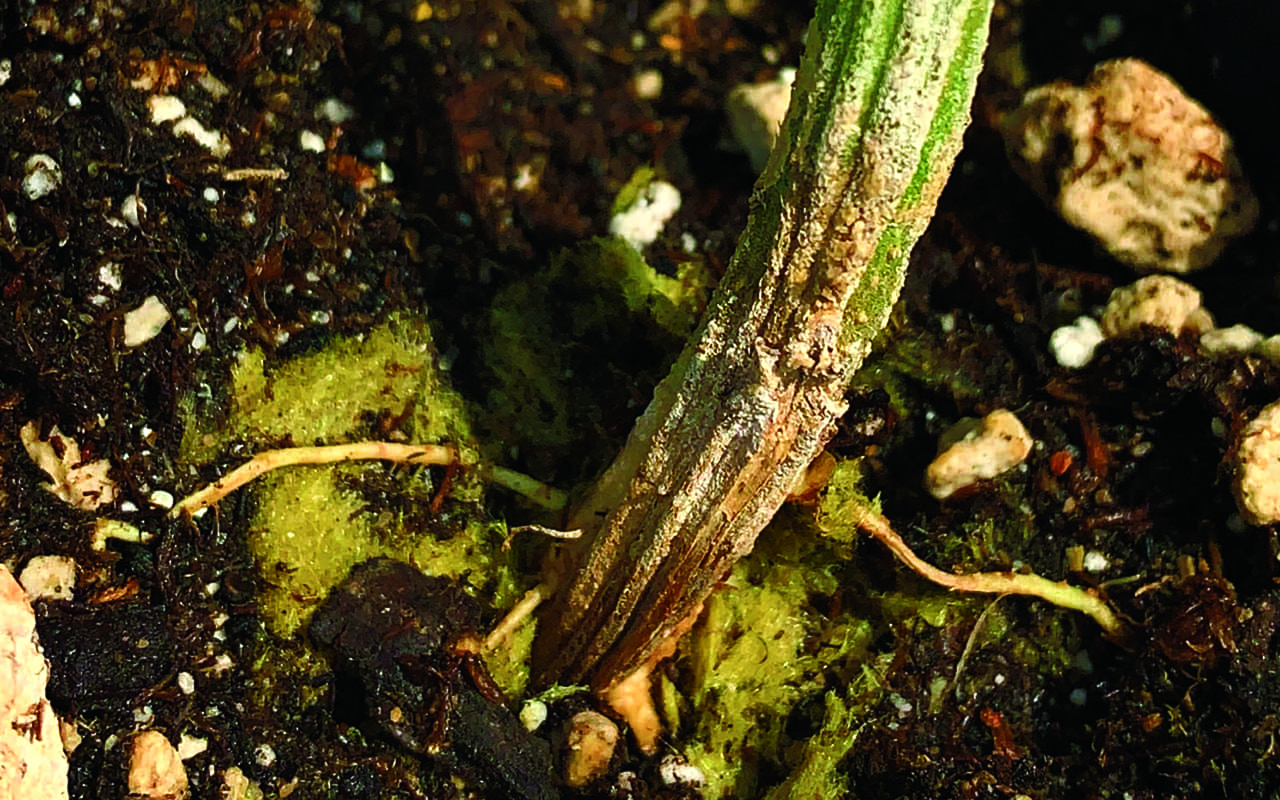
Root diseases are a hidden threat to cannabis health. When a problem starts at the roots, it can be difficult to detect in the early stages, as external signs such as yellowing and wilted leaves can show up late. It is therefore important to pay attention to the root system of the plant and the soil in which it is growing.
Ground pests such as nematodes and diseases such as fusarium and root rot can affect the overall health of the cannabis plant. They weaken the plants, impair their nutritional value and can lead to reduced yields or even the death of the plant. To prevent the development of these diseases and pests, the soil must be properly maintained and root health must be monitored closely.
Diseases
One of the most dangerous root diseases is fusarium. This fungus attacks the roots, causing them to rot and consequently impairing the plant's ability to absorb water and nutrients. With fusarium, the roots begin to wilt and the plant weakens, leading to a deterioration of the overall condition and the death of the plant if treatment is not timely.
Root rot is another root rot disease that can be caused by overwatering or improper soil drainage. When the roots begin to rot, the plant cannot fully develop, which can affect its growth and yield.
To prevent root diseases and rot, it is important to maintain the right soil conditions - avoid overwatering, use good quality soils and ensure good drainage.
How do I control root diseases and soil pests?
There are several effective methods to control cannabis root diseases and soil pests. The main ones are summarized in the table below:
| Method | Description | Example of preparations |
| Use of insecticides and fungicides | Use of preparations to control microscopic pests and fungal infections. | Preparations based on pyrethroids, triazoles |
| Biological soil treatment | Use of beneficial microorganisms or exterminator nematodes to control pest numbers. | Preparations with Bacillus thuringiensis bacteria, nematode exterminators |
| Proper care of the soil | Provide good drainage, moisture control and regular soil replacement. | Regular soil replacement, use of quality substrate |
| Root treatment | Application of preparations to stimulate root growth and protect against infections. | Preparations with root-forming hormones, antifungicides |
| Prevention | Regular inspections and preventive treatment of soil and roots to prevent disease. | Spraying fungicides, adding beneficial bacteria to the soil |
Growing cannabis for medical purposes: prevention of cannabis diseases and pests
To prevent diseases and pests from attacking the roots and soil, you need regular preventative care:
- Moisture control - avoid overwatering as this can cause root rot and spread fungal infections.
- Soil treatment - periodic soil treatment helps prevent the spread of pests and fungi. For example, preventative preparations can be used to protect the roots from disease.
- Maintaining optimum conditions - Proper temperature and humidity in the room or greenhouse is important to prevent root diseases and pests. Reducing humidity and using ventilation systems will help prevent the spread of infections.
Diseases and pests that affect the roots and soil are a hidden threat to the health of cannabis. Their timely detection and elimination is the key to successful growth and a good harvest.
Warning! Errors Seeds does not encourage or assist you in growing cannabis. Cultivation is prohibited by the legislation of Ukraine. The article is of scientific and introductory interest only.
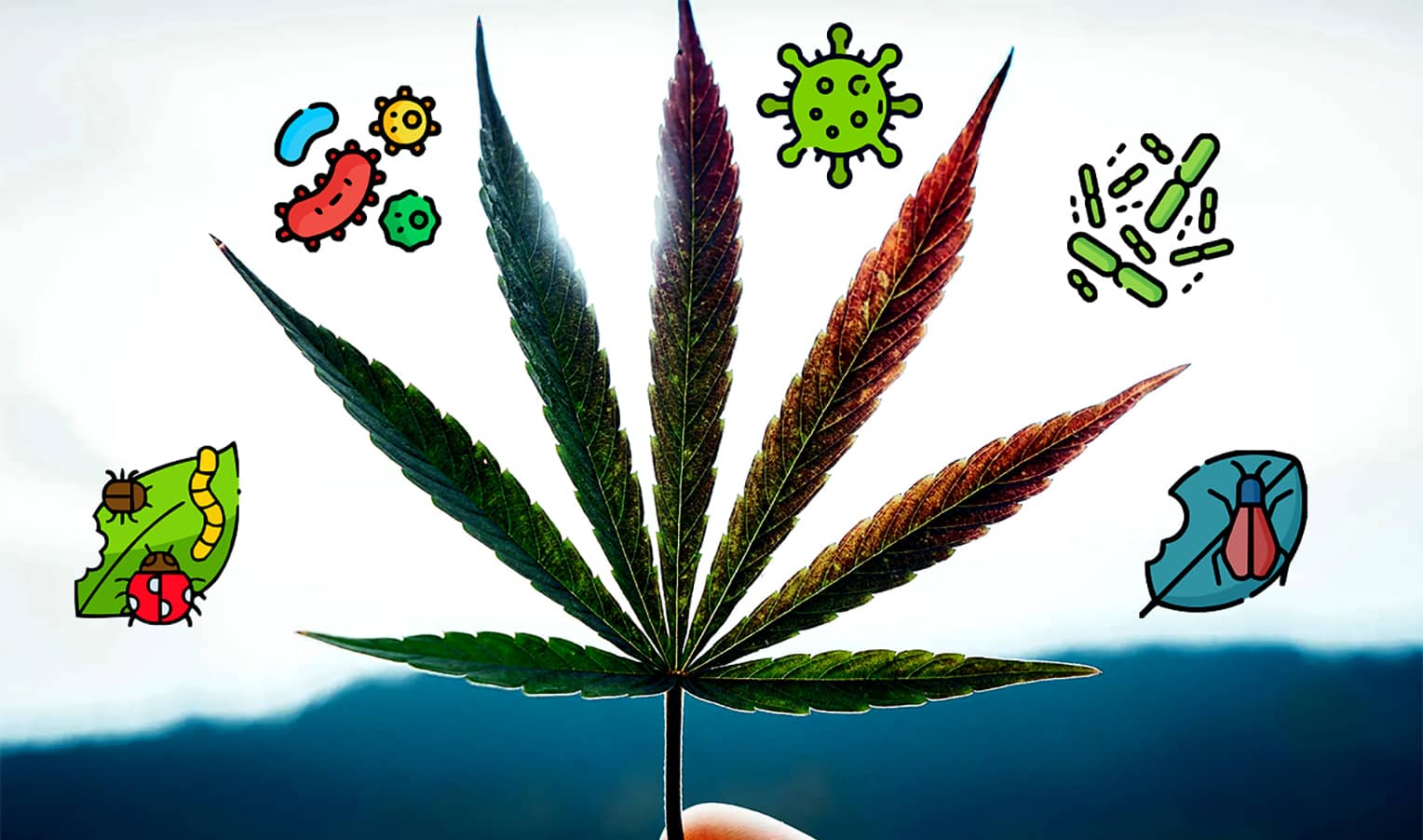
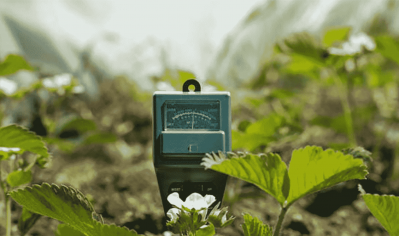
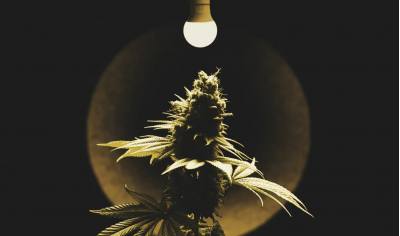

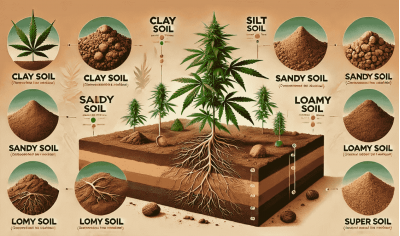

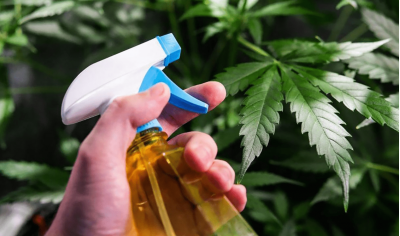
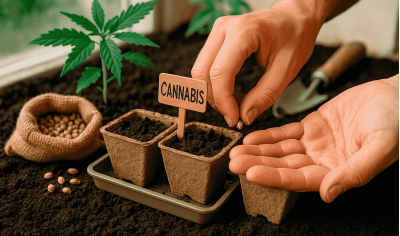
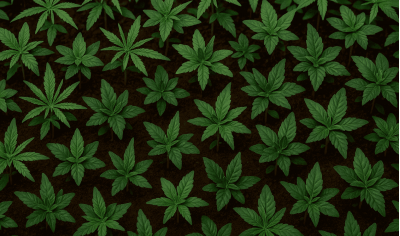


Write a comment